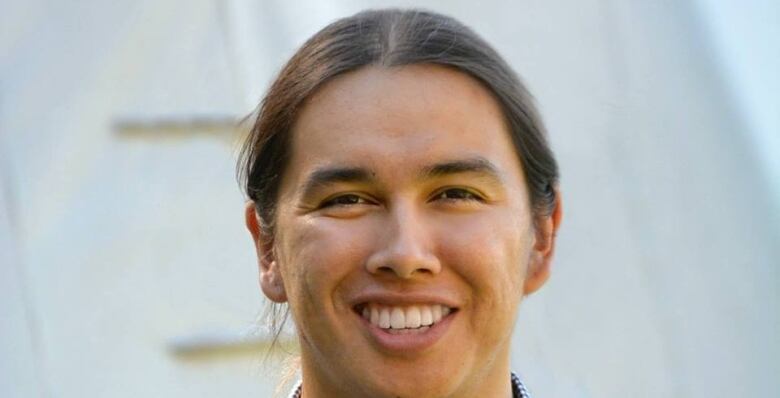Youth out migration a problem in northern Ontario towns, cities and First Nations
Average ages of most cities and towns in mid 40s, while First Nations are in the early 30s

Northern Ontario has debated and discussed youth out migration for decades.
And according to the latest numbers from the 2016 census, it has had little impact, with the number of seniors continuing to increase and the number of young people continuing to decline.
Even the First Nations in the region, where a recent baby boom has kept the on reserve population much younger than elsewhere in northern Ontario, are seeing their own version of youth migration.
The average ages in northern First Nations tends to be in the late 20s, early 30s, compared with early to mid 40s for most cities and towns, but even those communities are aging.
QuinnMeawasige, the male head oftheAnishnabekNationyouth council, says20-somethingslike him frequently move out for school and work.

Meawasige says even if young Anishnabek peoplewant to go back to their reserves, jobs are scarce, as is finding a place to live.
"In many instances if they do want to come back to the community, the housing isn't there in order to come back," he says.
'An older community'
Elliot Lake continues to be the oldest town in northern Ontario with an average age of 52.7.
Seniors in the retirement community make up 37 per cent of the population, while those under 30 count for 21 per cent. Although that has remained steady over the last five years, while the young population dropped in most other northern Ontario cities.
Melissa Pike, 36, decided to stay in her home town and raise her two and a half year old son, despite the focus on seniors.
"Yeah, the carpets roll up at 6 p.m. It does feel like an older community," she says.
Pike would like to see more activities for young people in Elliot Lake, and once chaired the city's youth advisory committee.
She says many of her friends have moved away, but she says it usually has more to do with employment than the lifestyle in Elliot Lake.

Mark Rosenberg, who teaches geography and planning at Queen's University, says it's very difficult to fix youth out migration with a policy and he feels governments should be more focused on tailoring public services to suit the growing senior demographic.
"I think it's actually safe to say that we spend far more on young people than we do on the older population," he says.












_(720p).jpg)


 OFFICIAL HD MUSIC VIDEO.jpg)
.jpg)



























































































